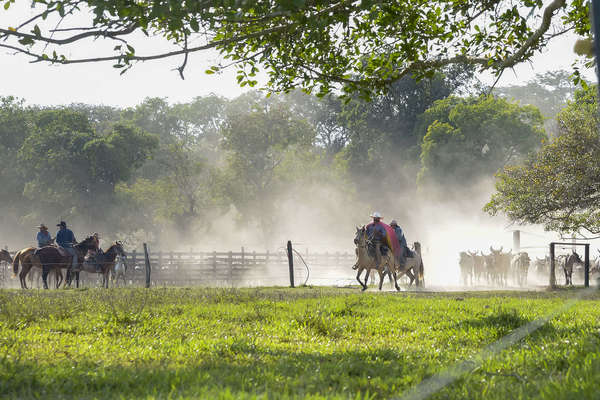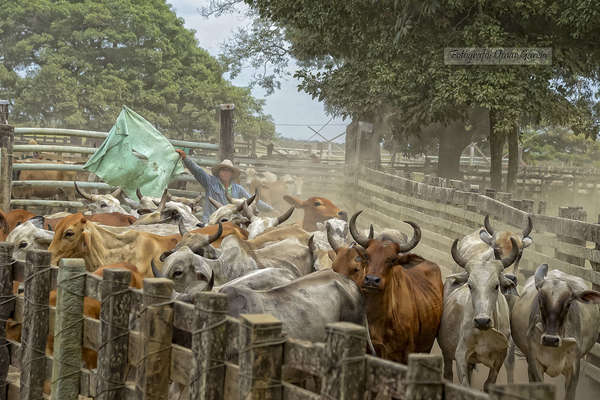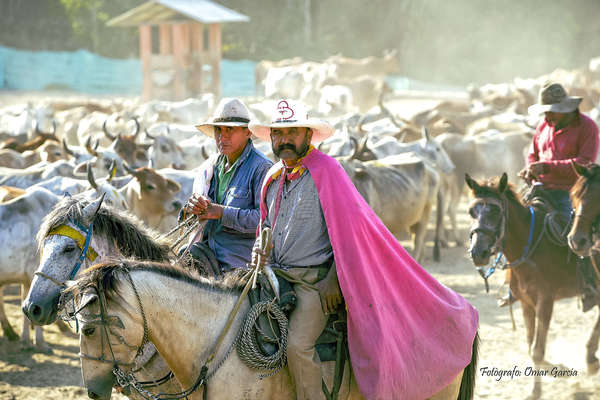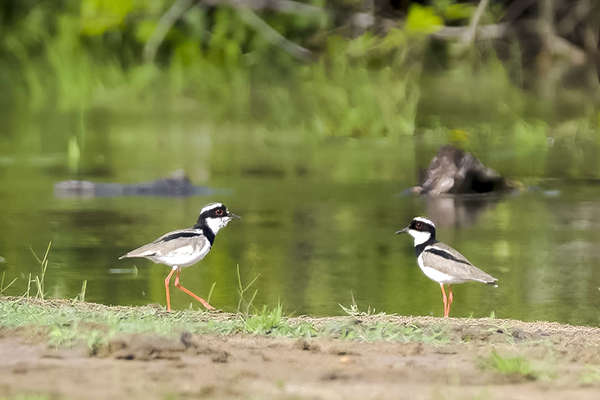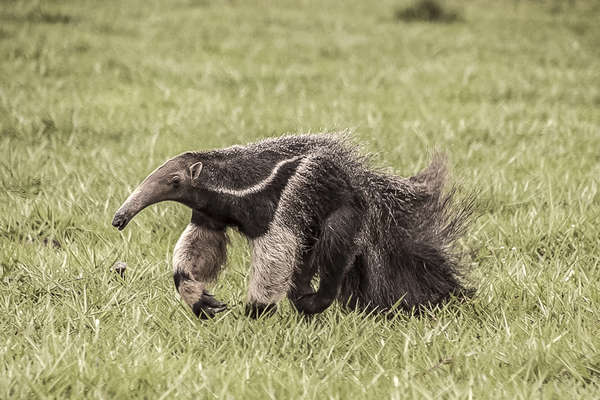Pre-conquest:
Before the arrival of Spanish explorers, Colombia was inhabited by indigenous
peoples such as the Muisca, Tairona, and Quimbaya. They were known for their agriculture
and goldwork.
Colonial era:
Spanish explorers arrived in 1499, and by the middle of the 16th century, the
Spanish conquest was complete. Colombia remained under Spanish rule for around
250 years. It was integrated into the Viceroyalty of Peru and later the
Viceroyalty of New Granada (which included Colombia, Ecuador, Venezuela and
Panama).
Independence
(1810–1819):
Colombia eventually began its move towards independence, inspired by global
revolutions. The city of Cartagena declared independence in 1811 and was soon
followed by Bogotá. When Spanish
forces tried to claim back control, they were defeated by Simón Bolívar at the
Battle of Boyacá (1819). This led to the formation of Gran Colombia, a republic
made up of Colombia, Venezuela, Ecuador and Panama.
1831–20th
Century:
Gran Colombia was dissolved in 1831 when Venezuela and Ecuador left, and the Republic
of New Granada was formed. By 1886 the country was known as the Republic of
Colombia. This period saw political instability and frequent civil wars,
including the Thousand Days' War from 1899 until 1902. Panama separated from
Colombia in 1903.
20th Century:
Politician Jorge Eliécer Gaitán was assassinated in 1948, after which followed
a decade-long civil war. Guerrilla groups like the FARC and ELN came about in
the 1960s, which led to many years of conflict. Violence was exacerbated when drug
cartels - such as Pablo Escobar's Medellín cartel - rose to power in the 1980s.
21st Century:
The demobilization of paramilitary groups in the 2000s and a historic peace
deal with the FARC in 2016 saw Colombia move towards peace. Challenges like
inequality and political unrest continue, but today the country is known for
its rich and vibrant culture, its growing economy and biodiversity.
The name “Colombia”
is a tribute to the famous Italian navigator and explorer Christopher Columbus,
whose voyage to the Americas in 1942 opened the door for European colonization
of the region.
Colombia is the fourth largest country in South America and
the only one with access to both the Pacific Ocean and the Caribbean Sea. Its
borders Panama to the northwest, Venezuela to the east, Peru to the south, and
Ecuador to the southwest. The country also includes the San Andrés and
Providencia Archipelago, located 700 km northwest of the mainland, in the
Caribbean Sea, 230 km east of Nicaragua.
The western part of the country is mainly mountainous: the
Andes mountain range stretches for 8,000 km along South America and divides
into three chains upon entering Colombia (the Western, Central, and Eastern
Cordilleras). These are separated by the Cauca and Magdalena valleys, two
rivers that run more or less parallel before joining and emptying into the
Caribbean Sea. To the northeast, the Sierra Nevada de Santa Marta is the
highest coastal mountain range in the world, with peaks reaching 5,800 meters. To
the east of the Andes, there are plains and tropical forests, irrigated by a
dense network of rivers and their tributaries.
Colombia also has unique geographical features, such as the
deserts of the northeast, the rainforests along the Pacific coast (which holds
a record for rainfall), and in the center, the Serranía de la Macarena, an
isolated mountain range overlooking the eastern plains at an altitude of about
1,000 meters.
Colombia is claimed to have the highest biodiversity of
animal and plant species in the world. Among the mammals are jaguars, ocelots,
peccaries, tapirs, deer, armadillos, many species of monkeys, and the very rare
spectacled bear (or jucumari). From the large Andean condor to the tiny
hummingbird, the country is home to over 1,550 species of birds. Equally rich,
its marine fauna includes the fierce piranha and the electric eel.
The botanical gardens house over 130,000 plants, including
the remarkable Victoria Amazonica, a giant water lily with leaves
large and sturdy enough to support the weight of a child. The country has 33
national parks, 6 small wildlife and flora sanctuaries, 2 national reserves,
and 1 unique natural zone. Together, these protected areas cover 7.9% of the
country's territory.
Customs: The ancestral customs and identity of Colombians
are deeply reflected in their craftsmanship and festivals: In Pitalito, the
Chivas are made—these colorful, carnival-inspired buses. In Barranquilla or
Cali, the focus is on masks. In the villages of Cundinamarca and Boyacá,
guitars (such as tiples and bandolas) are crafted, while the Pacific region is
known for its drums. Indian communities, like the Nasas (who make up just 1% of
the population, though 75% of Colombians are mestizo), have managed to secure a
certain degree of independence from Bogotá, allowing them to preserve their
customs and culture.
Important Note: Be cautious when photographing
people—especially in groups. It is rarely a good idea to take pictures without
permission. Always ask for consent, and if refused, do not insist.
Festivals and Celebrations: The Colombian calendar is filled
with numerous festivals, carnivals, and events. Some of the most important
include: Carnaval de Blancos y Negros (Pasto, January), Carnaval de
Barranquilla (February), Semana Santa (Holy Week processions, March or April,
with the most beautiful celebrations in Popayán and Mompós), Feria de la Flores
(Medellín, August), Reinado del Coco (San Andrés, November).
Hello! How are you?
¡Hola! ¿Cómo estás?
My name is… / I am from...
Me llamo... / Soy de...
Nice to meet you.
Mucho gusto
Yes please / No thank you
Si, por favor / No, gracias
Good morning/ Good afternoon / Good evening or goodnight
Buenos días / Buenas tardes / Buenas noches
Where are the toilets?
¿Donde están los baños?
What time do you serve breakfast / lunch / dinner?
¿A que hora comienza el servicio de desayunos / comidas / cenas?
Beer / red wine / white wine
Cerveza / vino tinto / vino blanco
The bill, please
la cuenta por favor
I'm sick
Estoy enfermo
Do you understand English? / I don't understand.
¿Entiende inglés? / No entiendo


